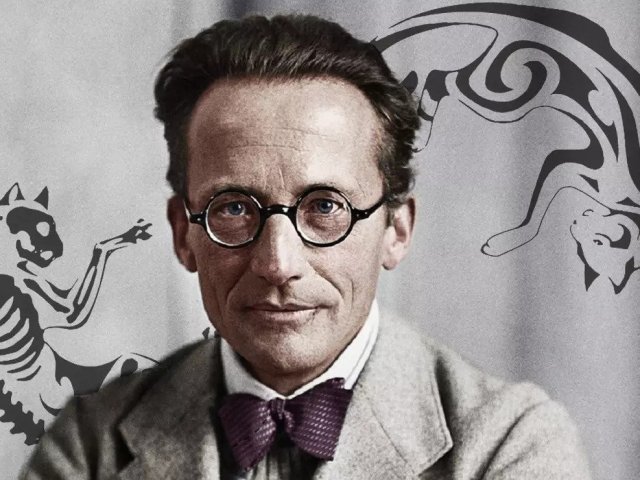
We habitually mispronounce his name in Russian and think of him as a discoverer of Brownian motion. However, Robert Brown is an interesting person in many respects. In his youth, he studied medicine in Aberdeen and Edinburgh universities, then he worked as an assistant surgeon in the British army. After that he traveled to Australia from where he returned with a huge collection of plants yet unknown to the science. Upon return he worked as a librarian of the Royal Society and then as a keeper of the newly established botanical collection of the British Museum. It was at that time that he was examining the grains of Clarkia pollen under the microscope without any physical purpose. His intentions were purely botanical – he was interested in the function of pollen in the fertilization process. Suddenly he noticed that minute hard particles almost invisible in a drop of water were constantly jittering and moving from place to place. He found out that those motions were not related either to liquid flows or with its evaporation, they were inherent to the particles themselves. It turned out that inorganic particles behaved the same way, with the “dance” of the particle accelerating with heating, reducing the size of the particle, but decelerating with the replacement of water with more viscous substance. He described the phenomenon, yet was unable to explain it. The clarification came 50 years later: it turned out that the particles were moving because of the impact of molecules of the surrounding liquid. Other scientific achievements of Robert Brown include the description of the plant cell nucleus and the structure of the seed-bud.






















